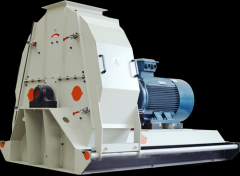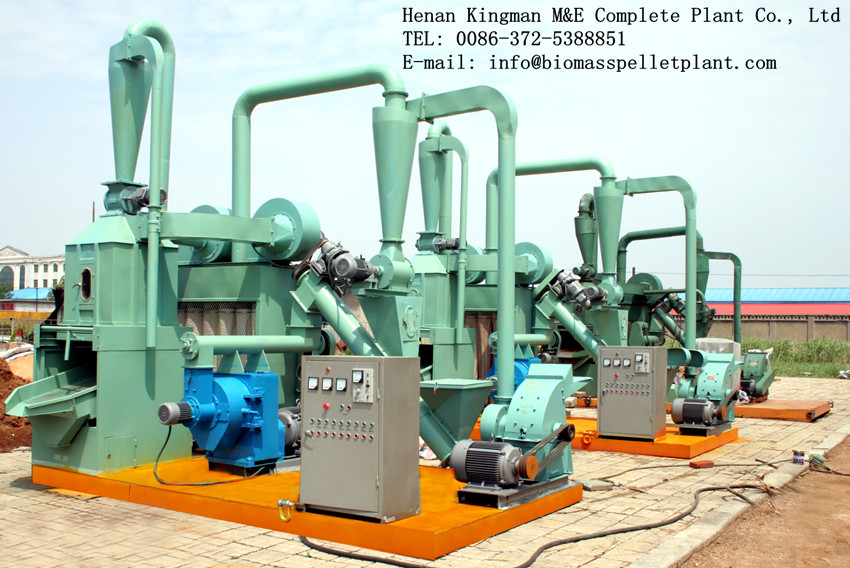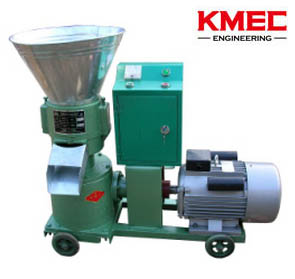How to start a biomass pellet plant
How to start a biomass pellet plant is usually raised by clients or potential clients who possess abundant and sufficient biomass material such as wood blocks, wood sawdust or saw shavings, bark, tree branches and twigs as well as rice husk, wheat straw, cotton stalks, maize stalks, corn cobs, bagasse, palm EFB, bamboo. As long as the material you have belongs to biomass substance, you are able to turn it into pellet fuel actually. Therefore, it comes another question. Since I have constantly sufficient raw material supply, then how should I start a biomass pellet plant or what should draw my attention for running a pellet business. We hereby summarize some basic info which is pretty necessary for you to take into consideration.
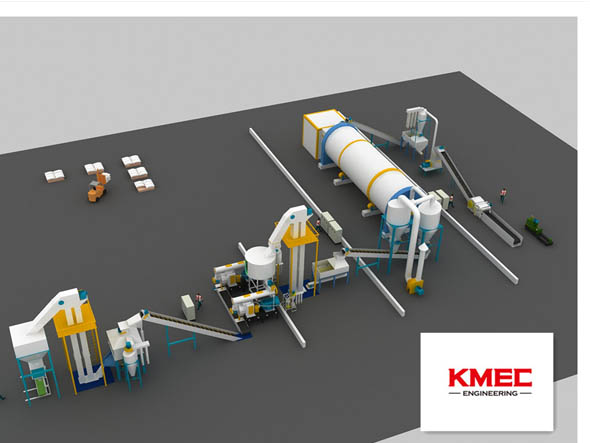
1. Please be patient and do not rush to ask for prices of a pellet plant first. On the contrary, make sure raw material species. Different species of material will have distinguished traits, even possessing different lignin and fibre contents which will have a great impact upon cohesiveness of pellets. Because we know pellets are in column shape after being squeezed in the harsh conditions of super high temperature and high pressure within pellet mill. Furthermore, different cohesive values of materials will demand different compression ratio of pellet mill die mold.
Get to know what a die mold is and what is compression ratio
For example, hardwood demands a lower compression ratio while softwood with a higher one. We once exported pellet plant to Bulgaria where clients used beech as raw material and the compression ratio of ring die remaining 7.5:1. And clients in Indonesia using bangkirai,cruing and meranti batu which will be processed with the compression ratio reaching 5:1and Australian clients have ring die with the value reaching 4.5:1 due to the use of hardwood eucalyptus which happens to be a commonly abundant wood material across Australia. From time to time, hard-to-pelletize raw material should be mixed with binding agent vegetable oil, clay, starch, oil, or wax and besides, raw material under pelletization also goes through steam, a small amount of which is generated under the high temp and high pressure conditions. The scorching vapor is also a catalyst to keep material cured and softened to strengthen its cohesiveness. In summary, material species issue is quite important to be known by pellet plant manufacturer and supplier.
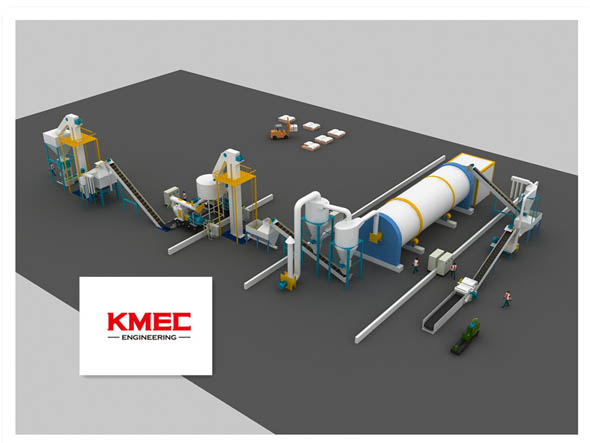
2. Size of material is another pivotal factor influencing pelletization and your investment in pellet plant. Different sizes of materials will need different technological processes for a pellet plant design. For example, if you put rice husk into use, there will be no need for you to use hammer mill or another kind of crusher to dwindle size of material into required one. Generally, the size of material for pelletization remains about 4mm or 5mm. Oversized material cannot pass through pellet mill ring die pores smoothly. Usually pellet diameter is either 6mm or 8mm as per pellet market demands, therefore, oversized material cannot be squeezed via ring die pores. On the other hand, pellet mill performance will stay unstable with electricity current fluctuating, which is harmful to pellet mill per se and the quality of pellets will also be affected adversely, perhaps too much mealy material yet lower formed pellet yield. Hence, material should be reduced in size with either wood debarker, wood chipper, wood crusher or hammer mill. But it depends upon what size of material you will use. Some clients have more wood blocks or wood logs, or tree branches and twigs. In this regard, the abovementioned machines should be put into use before material is poured into pellet mill. Also your budget and investment in the pellet plant should cover those pretreating equipment.
3. Moisture content of Material. This factor will exert a deciding impact upon whether a drying system is needed for a pellet plant. According to statistics and experience of us, moisture content of 13%-15% is commonly suitable for a variety of raw material species. However, fresh wood or agro waste is supposed to be dried prior to pellet mill. Some clients of us even use 50% or 70%, because sometimes raw material is exposed just in the open air. Especially they are dampened by rainfall or socked in rain water or snow water, which demands the moisture content should be lowered. Excessive moisture content of raw material cannot be pelletized and material will stuck together like paste. Not only will efficiency of pellet mill will be affected, but also your budget for pellet plant will be adjusted as well.
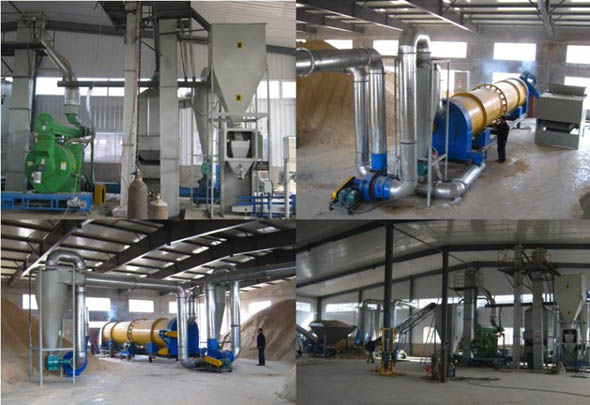
4. Different Technological processes due to different uses of materials. Maybe you have more than one kind of material mixed to be pelletized or perhaps you just want to use purely one type. We can offer suitable project for you according to your demands, but the point is to secure the stable performance of pellet mill, the core of a pellet plant, we should know whether you will mix them together if you prefer using at least two kinds of materials. Because materials are bound to be blended proportionately and thoroughly. Otherwise, pellet mill have to be forced to chew different materials from one kind to another, which trigger choking or burping of pellet mill, namely unstable running and noisy sound. Normally, pellet mill during working has no noise produced. Therefore, we should have different materials mixed decently so that a smooth pellet production can be achieved. That is to say, we need to put different technological processes into practice and a mixer will enhance performance of pellet mill. This is also related to your budget to be made.
5. What production yield do you want? All clients should make this point clear so that the models of equipment can be confirmed for you. Of course, different models will mean different prices. And usually, a pellet plant should be set up exclusively in a region rich in material and without any other large pellet plants competing for raw material supply, namely, service radius of a pellet plant commly cover 200km based upon the consideration of sufficient supply of raw material and reduction of material transportation fee. Therefore, we also suggest clients considering transportation of raw material to reduce costs and make pellet fuel more competitive.
6. How big is the workshop you can use for making pellets. A pellet plant will claim certain space but storage of raw material and pellets will also demand some floor space. For example, if a client intends to set up a pellet plant with production yield about 2 tons per hour, the client should arrange transportation of more raw material, at least 3 to 4 tons of material on site to ensure a continuous running of pellet plant can be realized. However, the 3 or 4 tons material will occupy not just one cubic meter. We also should consider keeping the working place of pellet plant smooth and ventilated. Therefore pileup of raw material should not interrupt pathway or passageway on site for operators passing by. Apart from that, pellets packaged by bags cannot be stocked on site either. They are supposed to be stored in some warehouse in which ventilating condition and fire-extinguishing device shall be equipped as well.
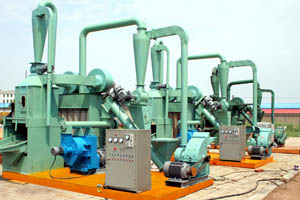


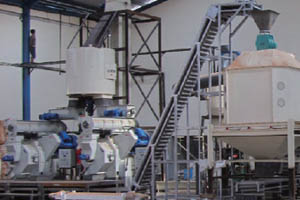
Typical production processed in a pellet plant
How pellet are make in a pellet plant? Generally, it will go through the following procedures:
1. Drum Chipper: harvest wood will be preprocessed by a wood chipper. The chipped woods will be reduced into proper size, less than 6mm.
2. Screening: impurities such as stones, metals or others will be screened out of raw materials .
3. Drying: the desired moisture content will be achieved by drying. Drum drier will be the choice for standard wood pellet plant.
4. Pelletizing: prepared raw materials will be forced through the die hole of pellet mills with great pressure to extrude the pellets which are hot and soft.
5. Cooling: hot extruded pellet will be harden and strengthened after air cooling.
6. Package: pellets are packaged into bags for the sake of pellet protection and convient distribution.
7. Storage and distribution; pellets should be kept in dry conditions and be stored in tanks, contains or silos. Pellets are distributed in bag or in bulk form by truck or other vehicles.
In a nutshell, to construct a biomass pellet plant means detailed negotiations and consistent conversations. Each responsible supplier of equipment should understand the point. Kingman as the professional pellet plant manufacturer and supplier will constantly offer the best solutions for you. We will win more clients with our reliable work and equipment.
--------------------------------------------------------------------------------------------------------------------------------------------------------
News
- Small Pellet Machine Manufacturer-Kingman
- Application of Wood Pellets and Use of Biomass Pellets
- From Fossil Fuel into Biomass Pellet Fuel
- Biomass Pellet Making Machines Market
- Applying of pellet stoves for home use
- Highland pellets to build $130 million facility in arkansas
- How to deal with the blocked hammer mill
- How to Make Wood Pellets with Sawdust
- The government policy promotes the development of biomass fuel
- Market analysis of biomass pellet fuel
- Strategic positioning of renewable energy
- Biomass energy has pass through the pre assessment
- The key point of deep processing of biomass pellet
- Harbin is promoting the development of biomass machinery
- The development of biomass formation technology I
- The development of biomass formation technology II
- Biomass energy industry is now going full tilt in 2015
- Rapid increasing demand of sawdust pellet on the market
- Pellet fuel market in EU
- Chinese Biomass Energy Conference held in Beijing
- Future market development of straw pellet mill
- Peanut Shell Pellet Mill Makes High Quality Pellets
- The utilization of straw is only 5%, biomass energy needs our attention!
- Corn straw pellet machine relieves the tight supply of fuel energy
- Reasons for loose or not forming of biomass pellet mill


